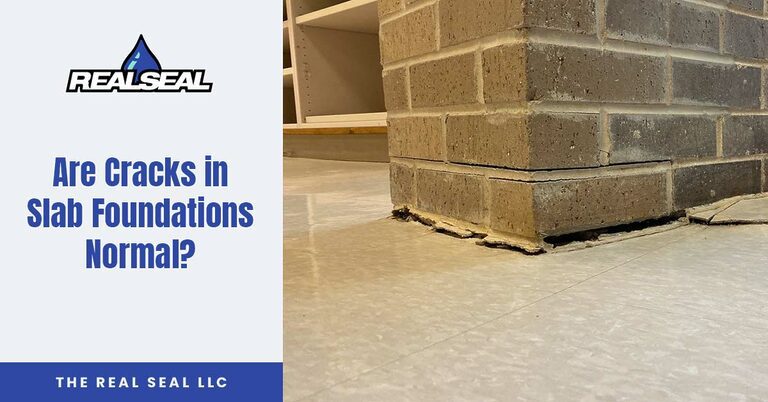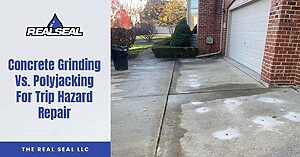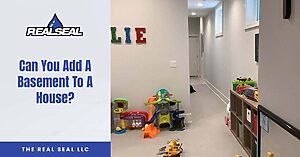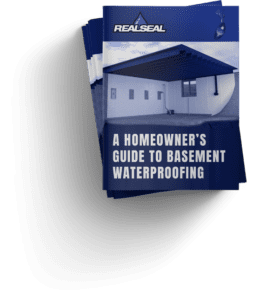If you are spotting cracks in your slab foundation, you are likely wondering whether these fractures are normal or if they indicate a more serious problem. This is a widely shared concern, and understanding the types of cracks that can exist and how those cracks can form can help you decide if it’s time to call in the professionals.
Read on to learn about normal slab foundation cracks that are not a concern and when you should start to seek help.
When To Worry About Cracks In A Slab Foundation
Not all cracks are created equal when it comes to slab foundations. Understanding the different types of cracks and their causes is crucial to determining whether they pose a threat to your home’s structural integrity.
Normal Cracks
Hairline cracks are usually less than 1/8 inch wide and are typically due to the natural curing process of concrete.
These cracks are not a cause for concern and are considered part of the normal aging process of a slab foundation. Over time, concrete naturally dries and hardens, which can result in minor cracking. Such cracks are often superficial and do not impact the structural integrity of the foundation.
Structural Cracks
Structural cracks are those that are more than 3/16 inches wide, allow water to seep in, or appear to be growing or active. These cracks may indicate serious structural issues and should be inspected by a professional.
Types Of Structural Cracks
Watch for structural cracks, as they can signal serious foundation issues like soil movement, poor drainage, or settling. Water infiltration through these cracks can worsen the situation, leading to deterioration, mold growth, and damage to other parts of the home.
Here’s a breakdown of the most common types of structural slab foundation cracks:
- Horizontal Cracks: These are often the most serious type of cracks in slab foundations. They can indicate that the foundation is failing due to pressure from the soil outside the foundation, possibly from water saturation that expands the soil or due to inadequate drainage. Horizontal cracks should be inspected by a professional immediately.
- Wide Vertical Cracks: While small, thin vertical cracks might simply result from the concrete curing process or minor settling, wide vertical cracks (wider than 1/4 inch) can be a sign of more serious foundation movement or settlement and may require professional evaluation.
- Stair-Step Cracks: Cracks that occur in a stair-step pattern, especially in blocks or bricks adjacent to the slab, can signify differential settling of the foundation. This happens when different parts of the foundation settle at different rates, often leading to significant structural damage if not addressed.
- Cracks with Displacement: Any crack where one side is higher than the other, known as displacement, signals that the foundation has moved. This type of crack indicates a severe issue, as it points to the movement of the foundation itself.
- Diagonal Cracks: Diagonal cracks that appear at corners or run across the floor slab can be concerning, particularly if they widen over time. These may suggest differential settling or heaving of the foundation, possibly caused by changes in the moisture content of the soil underneath the foundation.
Symptoms Within The House Indicating A Cracked Concrete Slab
Recognizing specific symptoms around your home can help you identify the existence of a cracked slab foundation. There are many places you can look for evidence of a problem, and some issues point to more serious problems.
Doors And Windows
You may notice difficulty in opening or closing your doors and windows. This can be due to the shifting foundation causing misalignment in frames. Additionally, gaps may appear around the frames, allowing drafts and potentially increasing energy costs.
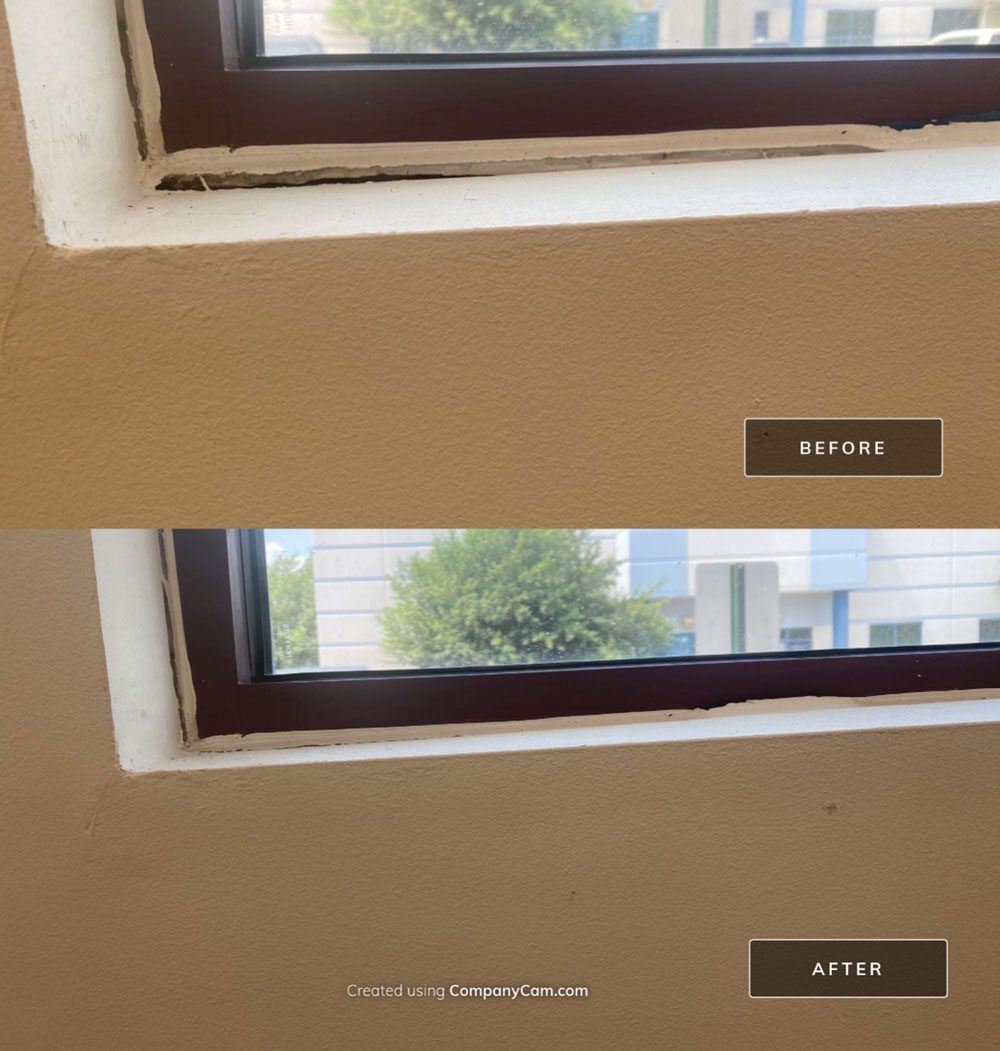
Flooring Issues
Uneven or sloping floors are a common sign of foundation troubles. You might feel as if you’re walking uphill in certain areas or notice that furniture does not sit level. These symptoms suggest that the foundation is not providing the stable base it should.
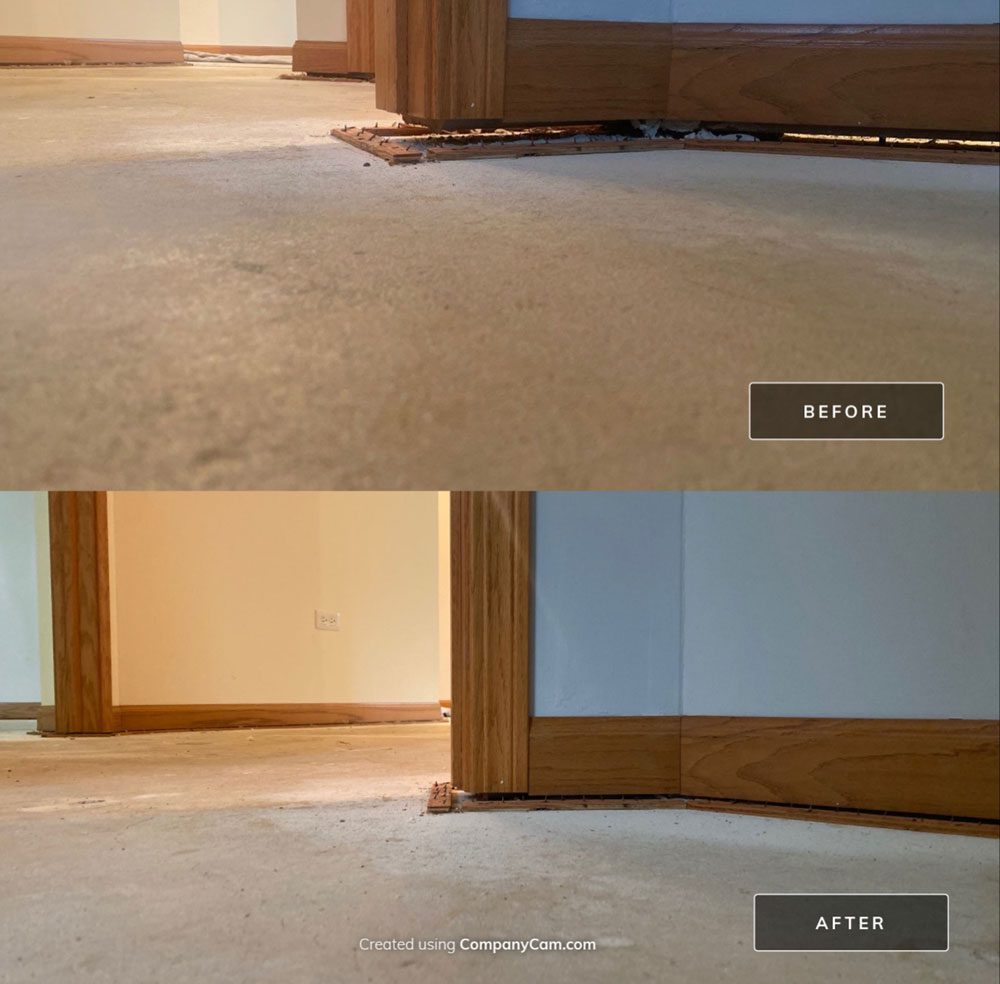
Wall Cracks
Cracks appearing on walls, especially above doorways and windows, can be a clear indication of movement in the foundation. These cracks can vary in size and may grow over time if not addressed. They might be accompanied by a separation at the seams where walls meet ceilings or floors.
Water Seepage
Dampness or water stains on floors or walls are often a result of foundation cracks allowing water to seep into the home. This can lead to a host of other problems, including mold growth, unpleasant odors, and damage to interior finishes. It is important to address water seepage promptly to prevent further deterioration of your home’s structure.
Can You Prevent Cracks In Concrete Slabs?
While some cracks are inevitable due to natural processes like weather changes and soil movement, there are several steps you can take to minimize the risk of significant cracks.
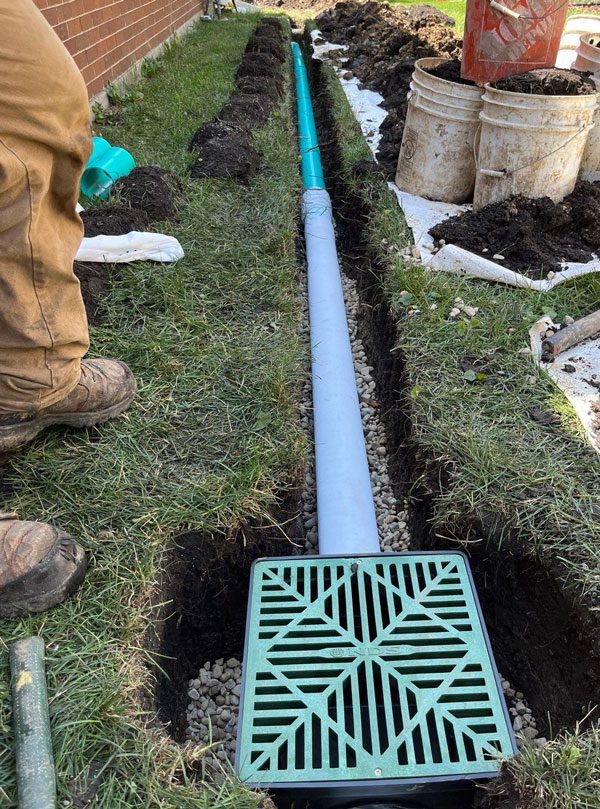
- Drainage Solutions: Implementing effective drainage solutions is vital to prevent water accumulation under the slab. Excess water can cause the soil to expand and contract, leading to movement and potential cracking of the concrete. Installing drainage systems like French drains, sloping the ground away from the slab, and using gravel or other permeable materials can help manage water flow and keep the area dry.
- Regular Maintenance: Regularly inspecting and maintaining the foundation and surrounding area is essential to address minor issues before they evolve into significant problems. This includes checking for signs of water pooling, erosion, and any early signs of cracking. Promptly repairing small cracks and addressing drainage issues can prevent them from becoming more serious.
How To Fix Cracked Concrete Slab Foundations
Repairing a cracked slab foundation is essential for preserving a property’s structural integrity and value. Various methods can be used, each offering unique benefits based on the damage’s severity and cause.
Here are some of the most effective techniques for fixing a cracked slab foundation:
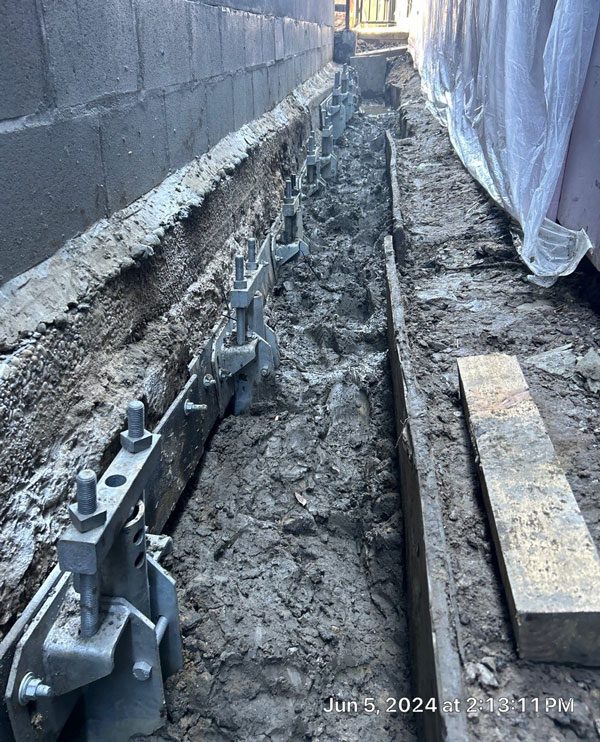
Underpinning
Underpinning involves extending the foundation in depth or breadth so it rests on more supportive soil or distributes its load across a larger area. This method may use push or helical piers to stabilize and sometimes lift the foundation to its original position. It is often used when soil conditions below the foundation have led to sinking or settlement.
Slabjacking (Mudjacking)
Slabjacking is a repair technique for lifting concrete slabs that have settled by pumping a grout mixture underneath. The force of the grout pushes the slab back into its original position. This method is effective for correcting uneven concrete surfaces but does not address potential underlying soil instability.
Polyjacking
Polyjacking is a more advanced version of slabjacking that uses high-density polyurethane foam instead of a grout mixture. The foam is injected through small holes drilled into the slab. Upon injection, it expands and hardens, lifting the concrete slab back into place. Polyjacking offers several advantages over mudjacking, such as being lighter weight, providing a faster cure time, and being more durable due to its resistance to water and erosion. However, it also does not address soil instability.
Piering
Piering involves driving steel pipe pilings to remedy failing building foundations and correct foundation settlement. This method fixes the problems without requiring the foundation to be replaced. It can involve either helical piers, which are screwed into the ground, or push piers, which are driven into the ground hydraulically.
Final Thoughts
Cracks in slab foundations are common and often a natural part of aging. However, when these cracks become more severe, addressing the underlying issues is crucial to halt further deterioration and enhance the structural integrity of the home.
If you’re experiencing any of the red flags mentioned here, book a consultation with our experts today to ensure your home remains safe and sound.
